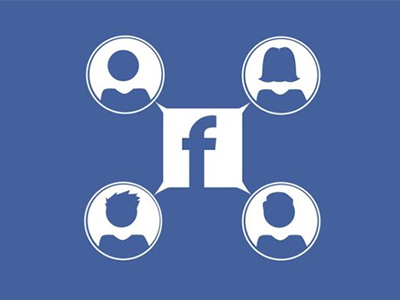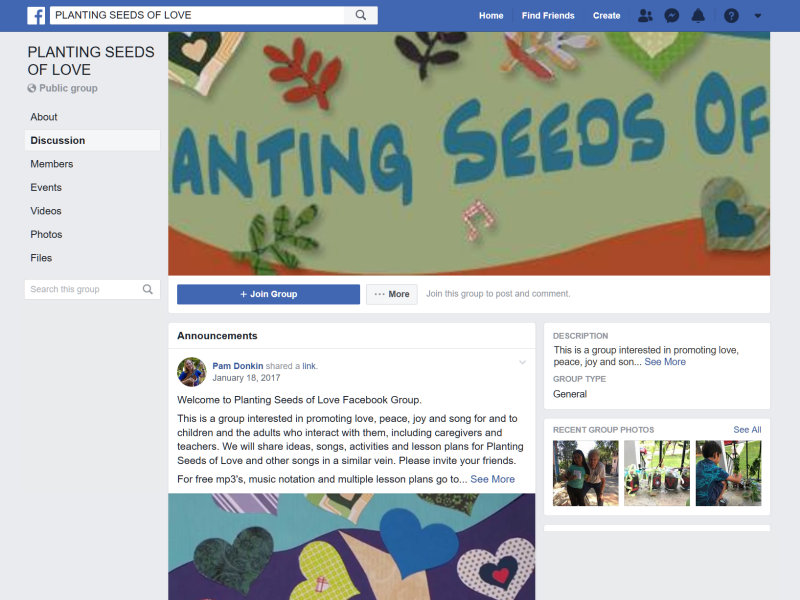
Let's Talk Tech
The Many Faces Of Facebook Groups
by Alina Celeste
Facebook, everyone’s online local newspaper, has become a hub for another old idea made new: interest groups. Where you once might have met once a week at a cafe or private home to discuss songwriting, knitting, basket weaving, hockey, fishing, books, or what have you, now you can talk about your passion of choice any time you want on a Facebook Group.
Facebook Groups have become extremely popular since their launch, around 2005. By early 2010, there were 620 million Groups indexed by Facebook (O’Neill, 2010). By October of 2018, more than 1.4 billion people had joined some Facebook Group or other. Of those, 200 million people belonged to a group they interacted with every day (Homes, 2018). Facebook Groups have become an essential way that people connect with each other.
Facebook is no longer a sort of encyclopedic database, but a living, breathing, social experience.
I myself am a member of several in which professionals across the country help each other with ideas, advice, lesson plans, and experiences. Facebook Groups can help keep interests and communities alive with interaction at any time of the day or night and create a sense of community among people with shared interests, no matter how far flung they may be. They are a niche world inside a niche world, and they are booming. How, you might ask, does one go about starting a group and keeping it alive?
Peace, love, and joy, and songs and lessons that promote them, have always been important in the work of member Pam Donkin, as her song “Planting Seeds of Love” perfectly captures. In January of 2015, she launched the Planting Seeds of Love website in order to share her song and related lesson plans, as well as other songs and accompanying resources that promote and teach those themes. She wanted to create a place where fellow educators, musicians, librarians, and other people who work with children could share and learn from each other.
 The Planting Seeds of Love Facebook Group page
The Planting Seeds of Love Facebook Group page
Facebook permanently and fundamentally changed how people use the Internet. It is no longer a sort of encyclopedic database, but a living, breathing, social experience. Pam saw the opportunity to spread her message further and wider than a single website could ever do, and in September of 2016, started the Planting Seeds of Love Facebook Group. As of this writing, the group has 463 members. It has blossomed into a positive, supportive community that shares ideas, art, music, and lesson plans that all promote love and understanding. It is a shining example of the best aspects of what social media can do.
I spoke to Pam about how she came to start the group and what she did to help it grow. As with anything that grows, it started pretty small. She merely wanted to reach more people with her message and resources for peace. Initially, she invited friends to join via Facebook. She said, simply, “This is a group interested in promoting love, peace, joy, and songs for and to children and the adults who interact with them, including caregivers and teachers. We will share ideas, songs, activities, and lesson plans for the song ‘Planting Seeds of Love’ and other songs in a similar vein.”
The sharing began. Pam and early members like Susan Salidor, Dorothy Cresswell, and Kevin Kameraad began sharing their favorite and often original songs of love and peace. The group now gets roughly ten to twenty unique posts a month, as well as comments, discussion, and shares. It has become exactly the sort of resource Pam hoped for, but more than that, it has become a place to share and celebrate hope and love—essential ingredients to any life.
The Planting Seeds of Love Facebook Group has become a place to share and celebrate hope and love—essential ingredients to any life.
The best part of all? Anyone with a Facebook account can start a group, or several! If you’d like to start one, check out this easy tutorial on Facebook groups. Or, a simple Facebook search will help you uncover existing groups that cater to your interests. With so many users, there are myriad groups! However, a word of caution: if you join too many groups, you’ll be overwhelmed with posts and are unlikely to develop any meaningful connections or experiences. Facebook allows you to join up to 6,000 groups, but there is not yet a social media tool that makes that a possible number of communities to keep up with! Focus on the topics and communities that mean the most to you, and if one group doesn’t appeal after a while, leave it! Many groups are public, which means you can join simply by clicking Join; others require an approval process or are private. After clicking Join for one of those, you will likely have to wait for an administrator of the group to approve you.
The simplest way to find a group is to click on the Discover Groups tab on your personal Facebook profile. The Facebook algorithm will recommend groups to you based on your interests and other organizations you may have already joined. You can also scroll through various topics and find relevant groups for each subject.
There is one other kind of Facebook Group, and that is the secret kind (cue mysterious music). You can’t find them via a general or public search; in fact, the only way to join one is to be invited by an existing member. These can be great for planning surprise parties or keeping proprietary content safe, for example, if a group were developing a program together that they weren’t ready to share with the world. However, Facebook Groups really shine when people like Pam Donkin and the other members of the Planting Seeds of Love Group create inclusive communities to share peace and love with the world at large. Check them out!
Has this column planted a seed of interest about Pam’s work? Check out this issue's feature on Planting Seeds of Love and learn how she partnered with I CAN Sudan to bring the program to refugee children in Uganda.
Want to talk more tech? Send column ideas or comments to Alina at alina@alinaceleste.com.